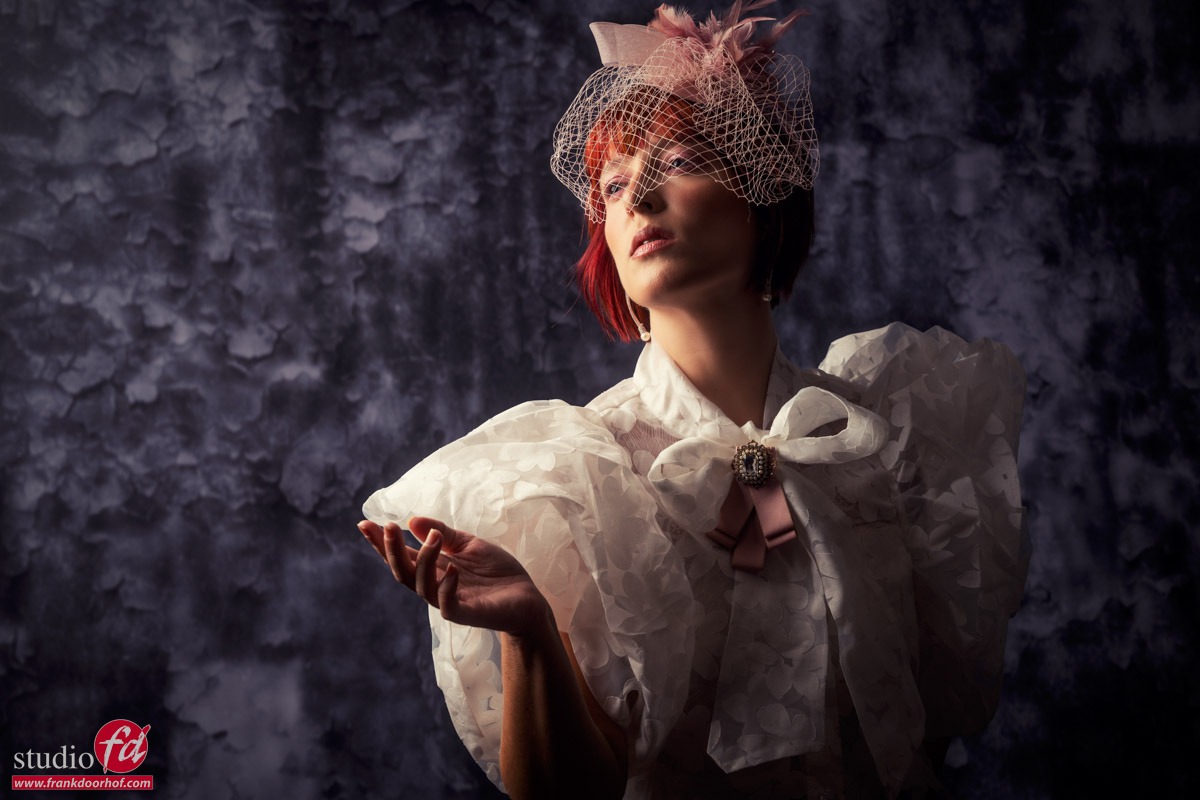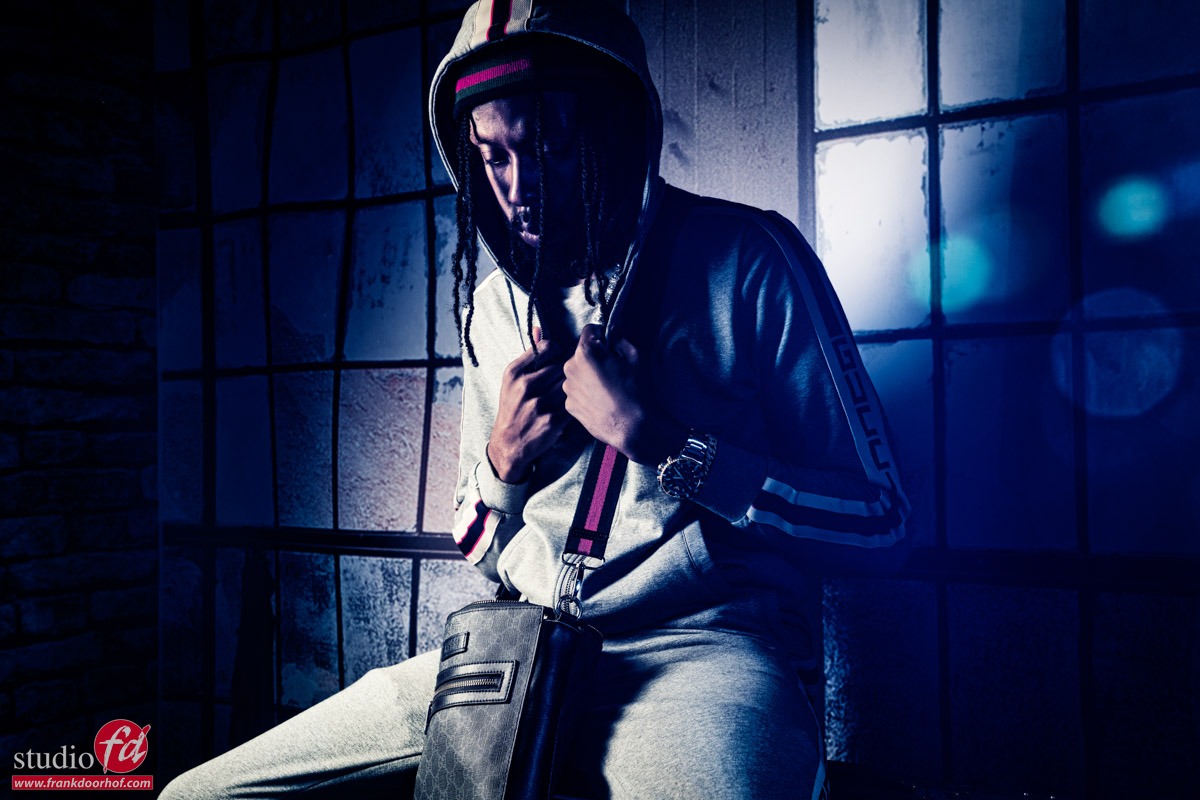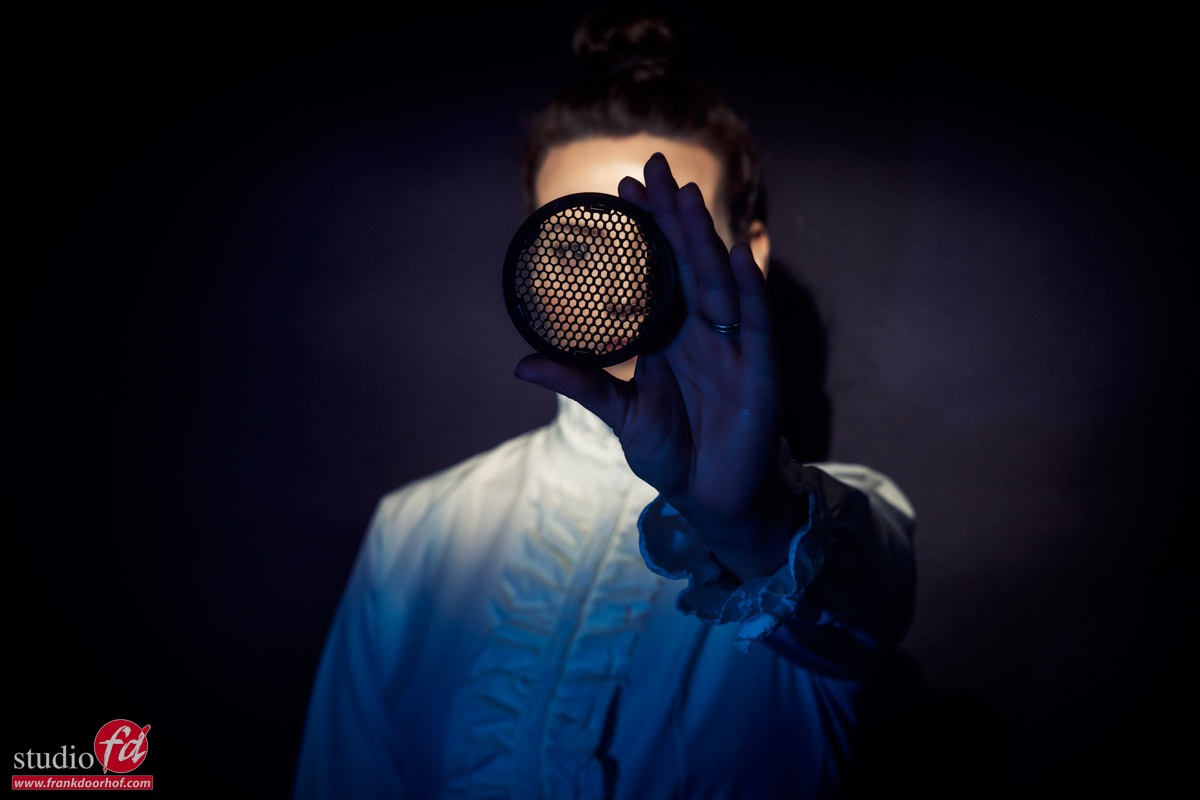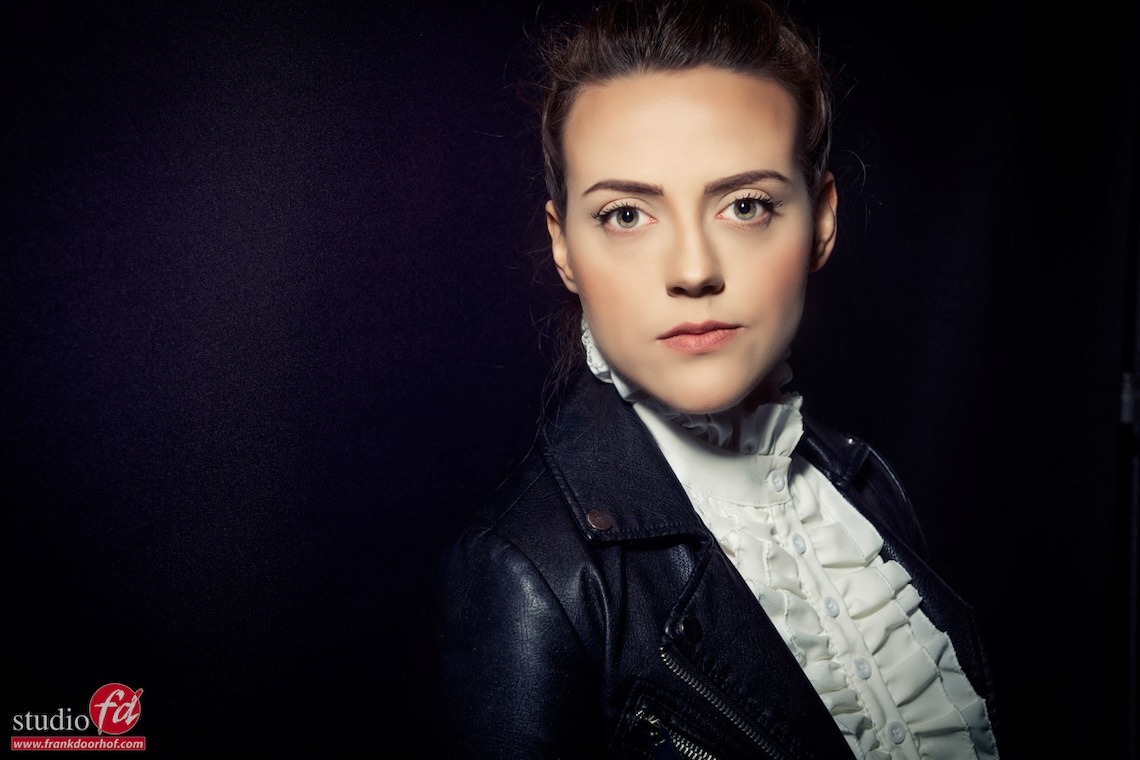The brand new Geekoto Lantern in action
The New Geekoto Lantern
It’s always fun to play with new gear, and light shapers always have a special place.
And let’s be honest the light shaper defines a large part of how your image will look. This blog is about the new Geekoto Lantern.
Having new light shapers triggers creativity
The new Geekoto lantern has a few tricks up its sleeve.
First of all, like all Geekoto softboxes we use, the lantern is super easy to set up and collapse and also has the removable speedring you guys love.
What does the Geekoto Lantern do?
The big difference is in the way the lantern projects the light.
With a normal softbox, the light travels first through a diffuser which makes the light source softer and larger, after which it leaves the softbox through the front diffuser. If you want to narrow your light beam you can use a grid. But that’s about it.
Now let’s take a look at the Geekoto lantern.

The Geekoto Lantern on the Geekoto GT400
As you can see the lantern doesn’t just aim the light forwards, but it also lights from the sides.
Now this has some huge advantages.
At first, you might think that this is the perfect softbox for product photography.
Especially with product tables, you can super easily light your product and the background with a lantern.
But also for newborn photography, it’s great to create a beautiful floodlight effect.
So you might think that this is like an umbrella a softbox for the more “broad” lighting setups.
However, the lantern actually shines in the more high-contrast setups.
Let’s take a look at some examples.
Normal softbox with grid
One of my favorite setups is lighting the model from the side with a medium-sized softbox.
I often add an extra light source on the opposite side to open up the shadows and also to light the background.
With the main light, I cannot light the backdrop enough when it’s a more darker color. This is why I use the accent light often in a striplight configuration which I use horizontally or slightly horizontally. This makes it possible to light both the model and the background with one light source.
By aiming it slightly away from the background I get a very nice even light fall off on the background.
The first image is just with the main light.
The light used is a Geekoto GT 400 with the 36″ softbox + grid


As you can see adding the accent light creates not only a beautiful lens flare but also lights the model and the background (I love striplights).
But let’s switch to the Geekoto Lantern
The main reason I love the lantern is that it makes it possible to throw a lot more light on the background creating a totally different look.
So let’s take a look at how that works out.


Also here first a setup with just the lantern, and the second one is with the striplight on.
It’s no battle
Remember that it’s a matter of which one is better.
I like them both for their lighting.
The first setup is great for a more high-contrast look with a darker background.
The second setup has a much nicer wrap-around effect and “glues” the model and background nicer together.
The cool thing about the lantern is that it gives you a totally different kind of light shaper due to the translucent sides. And that is not just better for portraits but also when you shoot full body images. It makes it possible to place the light very close to the model and still light the bottom part. Something that with a normal softbox that close can be very tricky or even impossible. Now you can place your light super close and still light the background and bottom part of your model.
I would highly recommend getting one for your studio.
We added them to our webshop of course.
On the webshop you find all the gear I use and like.
The lantern can be found here.
We also used the Geekoto Lantarn on the Click Live show in the UK in juni. Check out the BTS video





























You must be logged in to post a comment.